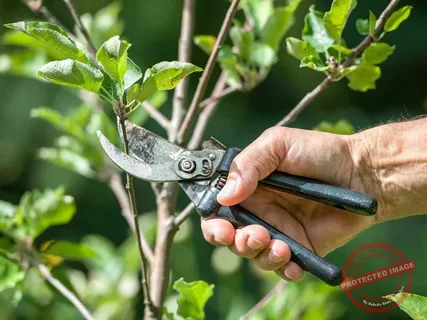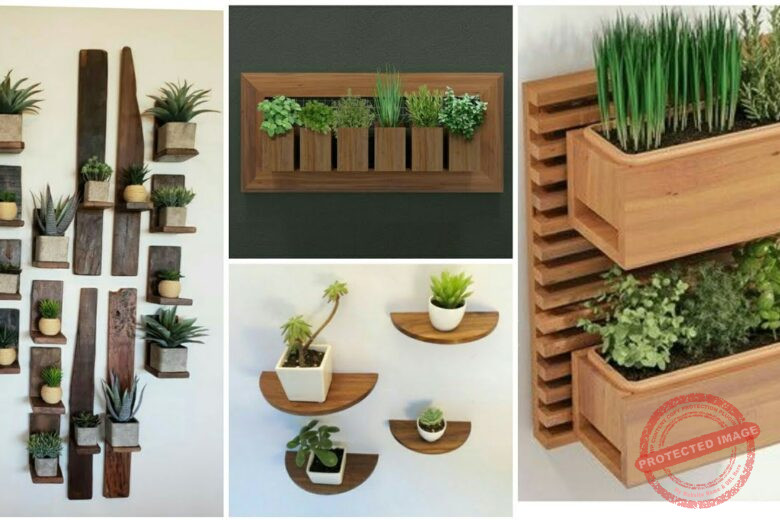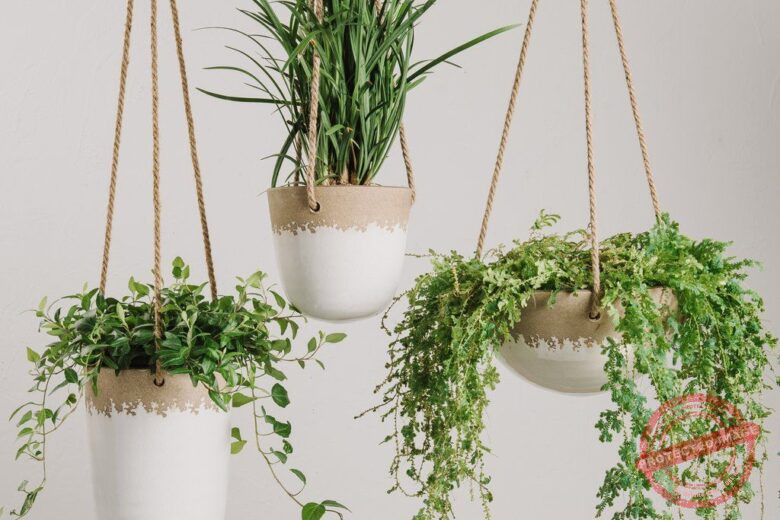Farming on a small scale isn’t about having less impact. If anything, it’s the opposite. When you work with just a few acres or even a backyard garden, every inch matters. Every seed counts. And every mistake can feel like a mountain. I’ve seen folks try to copy big commercial farms on small land, and it just doesn’t work. Small-scale organic farming has its own rhythm, its own challenges, and its own sweet rewards.
I remember the first year I transitioned from conventional to organic farming. My little patch of land looked like a battlefield some days. Weeds ran wild, pests chewed through my lettuce, and I wondered if I’d made a huge mistake. But as the seasons passed, I started to pick up tricks—techniques that not only made things easier but also more sustainable. And the truth is, once you get into the groove of organic farming practices, you start realizing how much healthier your soil, plants, and even your own body feel.
10 Must-Try Techniques for Efficient Small-Scale Organic Farming
That’s what this guide is about. It’s not a lecture or a corporate “how-to” list. It’s me, a hands-on grower, sharing what actually works when you’re trying to make the most out of a small farm. We’ll walk through ten techniques I swear by—methods that don’t just save time, but also bring joy back into farming. Whether you’re new to organic methods or just looking for a few fresh ideas, I promise you’ll find something here that sticks.
1. Composting: The Heart of Organic Farming
If there’s one thing you can’t skip in organic farming practices, it’s compost. On a small farm, compost is gold. It feeds your soil, improves texture, and saves you money on store-bought fertilizers.
Start with kitchen scraps, garden clippings, and animal manure if you have livestock. Keep it moist, turn it often, and let nature do the rest. A friend of mine built his first compost pile from old pallets, and within six months, he was harvesting black, crumbly compost that his tomatoes absolutely loved.
2. Crop Rotation for Healthier Soil
Planting the same thing in the same spot year after year is asking for trouble. Pests catch on, soil nutrients deplete, and your yields suffer. Rotate your crops each season. For example, follow heavy feeders like corn with nitrogen-fixing beans or peas.
This simple technique keeps the soil balanced and reduces disease pressure. I learned the hard way when my potatoes failed two years in a row because I didn’t rotate. Lesson learned: give your soil variety, and it will reward you.
3. Mulching to Lock in Moisture
Mulching is like giving your soil a protective blanket. It keeps weeds down, retains moisture, and adds organic matter as it breaks down. You can use straw, leaves, grass clippings, or even wood chips.
Last summer, during a dry spell, my mulched rows stayed damp while my neighbor’s bare soil cracked. He ended up hauling water every day, while I watered once every three days. Mulch is a small effort with big payoffs.
4. Companion Planting for Natural Pest Control
This one feels almost magical. Certain plants just thrive together while others repel pests naturally. Basil next to tomatoes, marigolds in the vegetable patch, and corn paired with beans and squash—the classic “Three Sisters.”
It’s not just about pests either. Companion planting boosts flavor, improves yields, and makes your farm more diverse. I’ll never forget the season I planted carrots and onions together. Fewer carrot flies, fewer onion maggots, and both crops came out strong.
5. Rainwater Harvesting
Water is one of the biggest challenges in small-scale farming, especially if you’re on a tight budget. Setting up a rainwater collection system is simple and effective. All you need is a gutter, a barrel, and a filter to keep debris out.
Stored rainwater is free, clean, and plants love it. During one especially dry summer, my rain barrels kept my kale and lettuce alive when others were watching their crops wilt. Don’t underestimate the power of a good rain barrel.
6. Raised Beds for Better Control
Raised beds aren’t just pretty—they’re practical. They give you control over soil quality, improve drainage, and make planting and harvesting easier on your back. Plus, you can fit a lot into a small space.
I started with just two raised beds and now have eight. My yields nearly doubled because I could manage the soil so much better. If you’re short on land, raised beds let you maximize every square foot.
7. Integrated Pest Management (IPM)
Organic farming doesn’t mean ignoring pests—it means outsmarting them. Integrated Pest Management (IPM) combines techniques like crop rotation, companion planting, handpicking pests, and using organic sprays when necessary.
Instead of blasting everything with chemicals, you learn to manage pests in balance. For example, I once released ladybugs into my greenhouse to deal with aphids. Within a week, the infestation was under control, and I didn’t need to spray anything.
8. Cover Crops to Protect and Enrich Soil
Don’t let your soil sit bare in the off-season. Plant cover crops like clover, rye, or vetch. They prevent erosion, add nutrients, and improve soil structure.
One winter, I planted crimson clover in my empty beds. By spring, the soil was richer, easier to work, and buzzing with life. Cover crops might not give you food directly, but they feed your soil, which is just as important.
9. Direct Marketing to Build Community
This might not sound like a farming technique, but it’s essential for small-scale growers. Selling directly to consumers at farmers’ markets or through CSA (Community Supported Agriculture) programs connects you with your community.
I’ve had customers tell me they come back not just for the vegetables, but for the story behind them. That’s the beauty of small-scale organic farming—you’re not just growing food, you’re building relationships.
10. Continuous Learning and Adaptation
Farming is never “figured out.” Every season throws something new at you—whether it’s a surprise pest, changing weather, or shifting markets. Staying curious and adaptable is a technique in itself.
Read, attend workshops, join local farm groups, and don’t be afraid to experiment. Some of my best discoveries came from trying something new that didn’t work the first time. Efficiency grows when you keep learning.
FAQs About Small-Scale Organic Farming
Is organic farming more expensive than conventional?
It can be at first, especially with soil building and pest management. But over time, costs go down as your soil gets healthier and you rely less on purchased inputs.
How much land do I need to start?
You can start on as little as a backyard plot. Efficiency in organic farming isn’t about size—it’s about management.
What’s the hardest part of organic farming practices?
Patience. Organic methods often take time to show results. Building healthy soil isn’t overnight work, but once it’s there, everything becomes easier.
Can small-scale organic farming be profitable?
Yes, especially when combined with direct marketing. Many small farmers earn a living by focusing on niche crops and loyal local customers.
A Short Relatable Scenario
One spring, I planted kale and lettuce in two different plots. The lettuce plot was mulched, rotated, and enriched with compost, while the kale patch went in the old way—straight into last year’s soil without much prep. Guess which one thrived? By mid-season, the lettuce patch was bursting with healthy greens, while the kale struggled. That moment reminded me why organic farming practices matter—not just for yields, but for resilience.
In Conclusion
Farming small doesn’t mean farming less. It means farming smarter. These ten techniques are not fancy or out of reach—they’re practical steps anyone can take. Start with one or two, and build from there. You’ll be amazed at how quickly your farm begins to feel more alive, more productive, and more manageable.
At the end of the day, organic farming is about working with nature, not against it. The soil, the plants, and the ecosystem around you all want to thrive—you just have to give them the right push. So, which of these techniques do you think you’ll try on your farm first?



